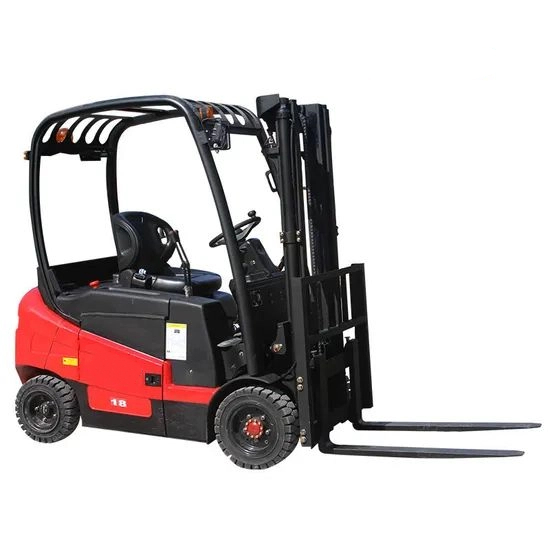I. Daily Inspections (Daily/Per Shift)
Battery System
- Check battery charge (maintain 20%-80% charge). For lead-acid batteries:
- Verify electrolyte level (density: 1.28 g/cm³) and top up with distilled water.
- Clean battery surfaces and terminals, apply petroleum jelly to prevent oxidation.
- Inspect cable connections for looseness or corrosion.
- For lithium batteries:
- Avoid high/low-temperature storage; ensure proper ventilation.
- Check battery charge (maintain 20%-80% charge). For lead-acid batteries:
Mechanical Components
- Tire pressure:
- Solid tires: 5–7 kg/cm²; pneumatic tires: follow standard values.
- Remove debris from tire treads; check for wear or cracks.
- Cargo fork chains:
- Ensure slack ≤20 mm; confirm smooth lifting/tilting of the mast.
- Tire pressure:
Electrical System
Test lights, turn signals, reverse buzzer, and dashboard alerts for functionality.

II. Periodic Maintenance
III. Critical Component Maintenance
Battery System
- Lead-acid batteries: Avoid deep discharge (recharge when ≤20% capacity). For long-term storage, recharge monthly.
- Lithium batteries: Store in temperature-controlled environments (0–45°C).
- Charging:
- Charge after 4–6 hours of use; avoid overcharging.
- Allow 30 minutes of rest post-charging.
Hydraulic System
- replace hydraulic oil and filters every 500 hours.
- Maintain oil pressure: 12–15 MPa.
Braking System
- Test brake sensitivity quarterly; replace worn pads and replenish brake fluid.
IV. Operational Safety & Documentation
Safe Practices
- Disconnect power before maintenance; wear protective gloves.
- Prohibit open flames in charging areas; ensure ventilation.
- Load capacity ≤80% of rated capacity; drive at low speed on slopes.
Documentation
- Maintain service logs for inspections, part replacements, and battery cycles to trace faults origins.
V. Professional Service Levels
Systematic maintenance extends electric forklift lifespan by 30%+ and reduces failure rates by 40%. Follow the Product Maintenance Manual for model-specific requirements.


